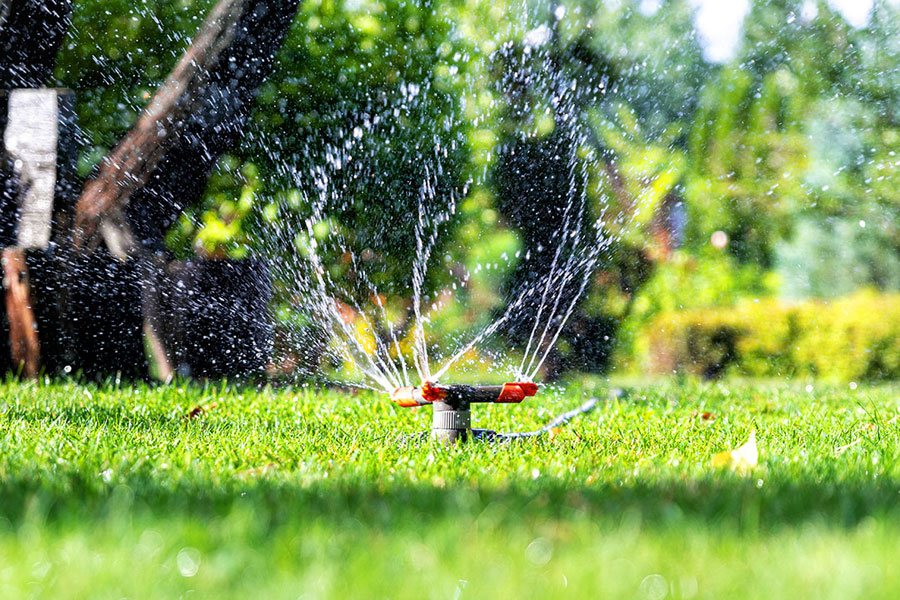As summer fades and autumn sets in, it’s not just the leaves that need attention—your irrigation schedule does, too. Cooler temperatures and shorter days mean your lawn and garden require less water than in the scorching heat of summer. Adjusting your watering schedule in autumn is crucial for maintaining healthy plants and conserving water. But how do you know when to make the change, and what strategies should you implement to keep your landscape thriving as the season shifts?
Adjusting Your Watering Schedule for Fall
In the cooler months, plants naturally slow their growth as sunlight wanes and temperatures drop. This means your lawn and garden require less frequent watering than during the heat of summer. Overwatering can lead to root rot and diseases, weakening your plants just before winter hits.
Cut back your watering to once or twice a week as a general rule. Keep an eye on rainfall and adjust accordingly, as natural rainfall can supplement your irrigation efforts and help you avoid overwatering.
Deep Hydration: Go Deep, Not Frequent
As you reduce watering frequency, focus on deep watering to help plants build strong root systems in preparation for winter. Shallow watering may keep the top layer of soil moist, but it won’t nourish the deeper roots, which are essential for long-term plant health.
Make sure to give your plants longer, deeper watering sessions rather than quick spritzes. This encourages roots to grow deeper into the soil, making them more resilient to temperature fluctuations and winter dormancy. Aim for early morning watering to allow moisture to soak in before the sun gets too warm.
Use Fall Rainfall to Your Advantage
Autumn often brings more consistent rainfall, which can naturally reduce your need for artificial irrigation. Take advantage of this by turning off sprinklers during rainy periods and letting nature do the work.
You’ll still want to check your soil regularly to ensure it’s getting enough moisture between rainfalls. A simple way to check is by sticking your finger into the soil up to two inches deep. If it’s dry, it’s time to water. This hands-on approach keeps you in tune with your garden’s needs and prevents overwatering.
Adjust for Changing Sunlight Exposure
As the angle of the sun shifts in autumn, parts of your garden may get less direct sunlight than in the summer. Plants in shady areas require less water than those still receiving ample sun, so take time to adjust your irrigation system or manually reduce watering for these zones.
If you have a smart irrigation system, now is a great time to reprogram it to align with the season’s changing sun exposure and cooler weather. This ensures each zone of your yard gets just the right amount of water without waste.
Watering Tips for Early Cold Snaps
Autumn weather can be unpredictable, and frost may arrive sooner than expected. If there’s frost in the forecast, adjusting your watering schedule is crucial to protecting your plants. Watering in the morning before frost can help, as moist soil retains more heat, reducing the risk of frost damage.
However, avoid watering in the evening before frost hits, as excess moisture can freeze and harm your plants. Keep an eye on the weather and adjust accordingly to help your garden stay healthy through cold snaps.
Insulate and Conserve Moisture
Adding mulch to your garden in autumn is one of the best ways to conserve moisture and insulate the soil as temperatures begin to drop. A layer of mulch helps maintain consistent soil temperature and moisture levels, reducing the need for frequent watering while also protecting roots from the elements.
Organic mulches like straw, leaves, or wood chips not only keep the soil moist but also break down over time, adding essential nutrients to the soil. It’s a win-win strategy for both water conservation and plant health.
Conclusion
Adjusting your watering schedule as the weather cools is crucial for keeping your plants healthy and your water usage efficient. By reducing frequency, focusing on deep watering, using natural rainfall, and protecting plants from frost, you’ll help your garden transition smoothly into winter.
With smart autumn irrigation strategies in place, your lawn and garden will stay vibrant, well-watered, and ready to thrive in the coming months, all while conserving precious resources.



